INTRODUCTION

Roughly 3 months ago i mentioned that due to high temperature issues and low component availability PCIe 5.0 Gen5 M.2 NVMe SSDs would probably not be available in large numbers anytime soon and with just hours away from Christmas this seems to have been the case. Needless to say, we should see more models emerge in Q1 2023 but unless you really need the extra speed (demanding professionals are obviously waiting for that) top of the line PCIe 4.0 Gen4 models should be more than plenty for the majority of users (myself included). The EXCERIA PRO 2TB M.2 NVMe SSD by KIOXIA has gathered countless awards from media all over the world and even though lately KIOXIA doesn't focus as much in the development and production of consumer oriented SSDs currently this is their top of the line model.
KIOXIA Europe GmbH (formerly Toshiba Memory Europe GmbH) is the European based subsidiary of KIOXIA Corporation, a leading worldwide supplier of flash memory and solid state drives (SSDs). From the invention of flash memory to today's breakthrough BiCS FLASH 3D technology, KIOXIA continues to pioneer cutting-edge memory solutions and services that enrich people's lives and expand society's horizons. The company's innovative 3D flash memory technology, BiCS FLASH, is shaping the future of storage in high-density applications, including advanced smartphones, PCs, SSDs, automotive and data centers.
The EXCERIA PRO line of PCIe 4.0 Gen4 M.2 NVMe SSDs includes 1/2TB models all of which are based on the PHISON 8-channel tri-core (32-bit ARM Cortex R5 CPUs) PS5018-E18 NVMe v1.4 compatible NAND flash controller together with their very own 112-layer TLC BiCS NAND Flash and DDR4L cache (1GB for the 1TB capacity and 2GB for the 2TB capacity). Once again, the PS5018-E18 NAND flash controller by PHISON features their 4th Gen LDPC engine (low-density parity check) along with end-to-end data path protection, wear levelling, thermal throttling (70 degrees Celsius limit), TRIM, bad block management, dynamic range SLC cache and SmartECC (RAID ECC). As with past models Kioxia covers the entire EXCERIA PRO line with a 5-year limited warranty and as for endurance numbers it reports 400TBW for the 1TB model and 800TBW for the 2TB model (the MTTF of 1.5 million hours applies for both models).
SPECIFICATIONS AND FEATURES

PACKAGING AND CONTENTS
At the front of the box, we find a partial product picture, the company logo and both the capacity and advertised performance of the drive.
Warranty information and the product’s serial number and barcode are placed at the rear.
Along with the EXCERIA PRO SSD inside the box you’ll also find instructions on how to properly remove the drive from its box and the quick start guide.
THE EXCERIA PRO 2TB
This is a single side model that follows the typical M.2280 form factor.
At the top we find the E18 NAND flash controller by PHISON together with a single 2GB DDR4L module and 4 TLC BiCS NAND flash modules.
Moving to the opposite side we see a sticker with the drive capacity, serial number and several certifications (judging from what’s beneath the sticker an 4TB variant could also appear eventually).
SSD UTILITY
If you want more details and control on the EXCERIA PRO you can download the SSD utility from KIOXIA’s support page.
The software allows you to monitor the drive (SMART included), perform a quick benchmark, tweak the drive via over-provisioning, update its firmware, erase/wipe the drive, check alerts (if applicable) and configure various settings of the software.
TEST BED
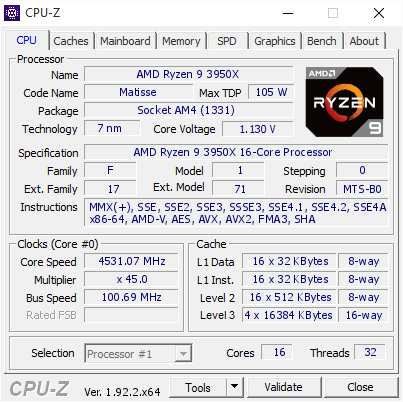

TESTING METHODOLOGY
Not long after I first started testing SSDs back in 2008, I concluded that it's almost impossible for any single benchmark suite to accurately measure their performance and that's why in certain benchmark suites we see amazing read/write performance numbers with some drives while in others things are quite different. The reason behind this is that some benchmarking suites are configured to read and write random chunks of data while others read and write constant (sequential) ones. So that's why i always use a very wide selection of benchmarking suites including AIDA64, HD Tach RW, HD Tune Pro, Crystal Disk Mark, Sisoftware Sandra Pro, AS SSD, IOmeter and ATTO. To get the most accurate results each test gets repeated a total of 6 times with the average performance numbers recorded into the charts*/****. Also, as of February 25th 2015 our results will also include the Storage Networking Industry Association’s (SNIA) IOMeter tests. These tests include a 12 Hour write test used to “simulate” performance degradation over time and a mixed workload test which basically shows what you can expect when using an SSD continuously for roughly two hours. Unfortunately, due to the time required for these tests they get repeated a total of 3 times and not 6 as the above.
Many people have made inquiries about our charts in the past so once again please do keep in mind that the Charts have the average performance numbers of each drive recorded and not the peak (highest) ones. Also, although every single one of these programs can help potential buyers choose the right drive for their needs you should also remember that from any kind of benchmark up to real world usage the gap is not small (and usually most differences will go unnoticed by most people). All tests were performed in a fresh Windows 10 Pro x64 installation complete with every update up to the date of this review.
* Since November 2018 the SSD comparison charts have been divided to 2.5” and M.2 models to reduce their growing size.
** Unless stated otherwise the Ryzen 9 3950x based Test Rig used for M.2 Gen 4 SSD reviews is not located in the lab.
*** As of January 2021 for Gen 3x4 models I’ll be using the Core i9-7980XE test rig (after numerous tests the up to 6% difference in read & write performance compared to the i7-6700 system simply wasn’t enough to justify having an extra test rig around).
**** Since February 2022 M.2 NVMe Gen3 and Gen4 SSD drives are placed in different charts.
TEST RESULTS - AIDA64 / ATTO
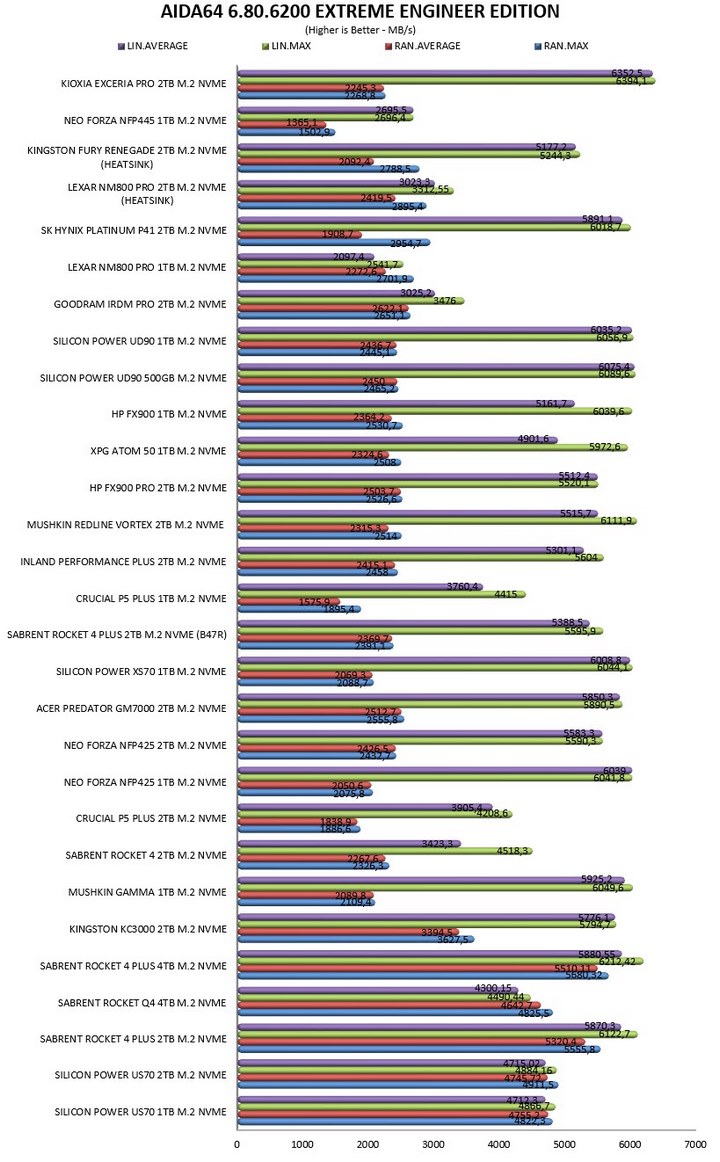
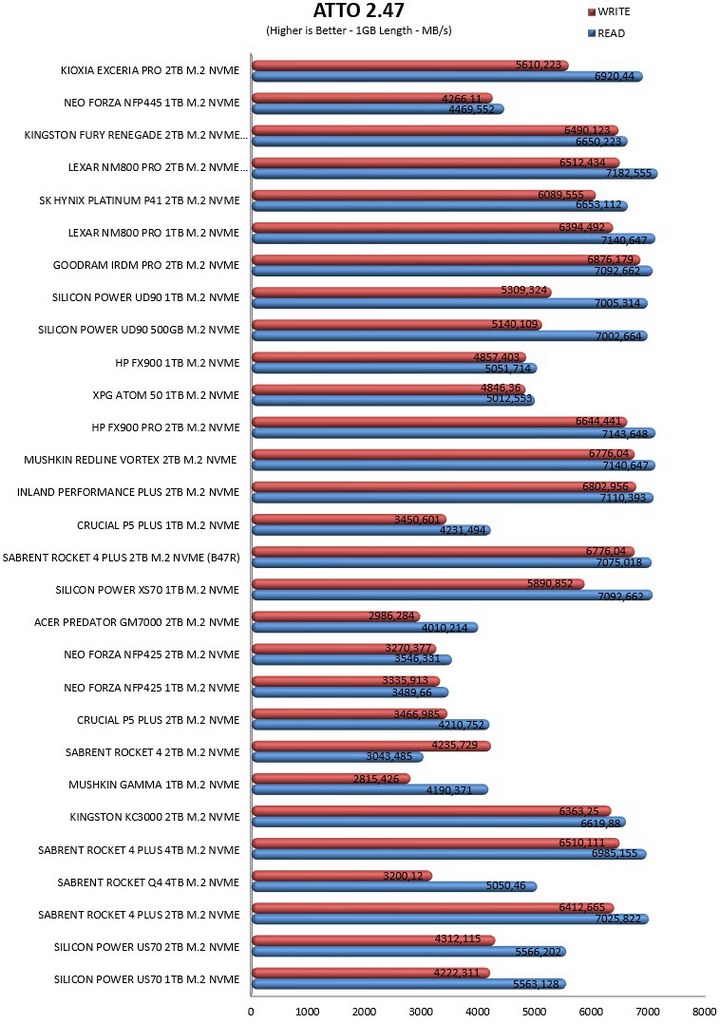
TEST RESULTS - HD TACH RW / HD TUNE PRO
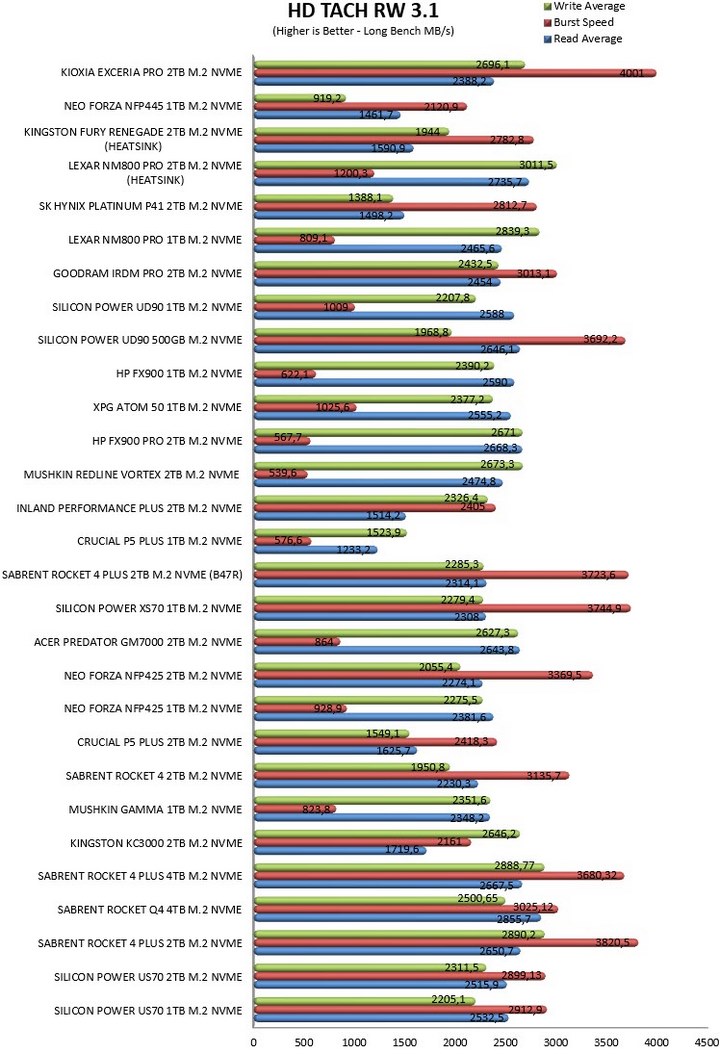
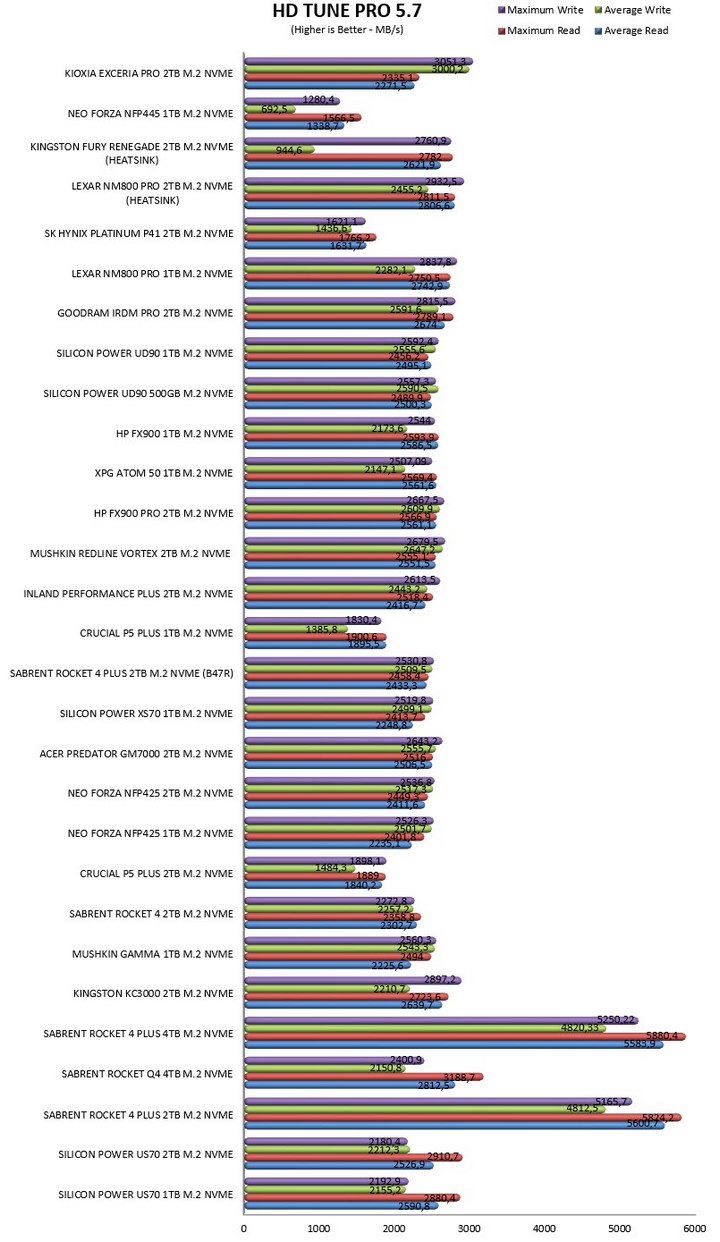
TEST RESULTS - SISOFTWARE SANDRA PRO / CRYSTAL DISK MARK


TEST RESULTS - AS SSD / IOMETER


TEST RESULTS - IOMETER SNIA

CONCLUSION
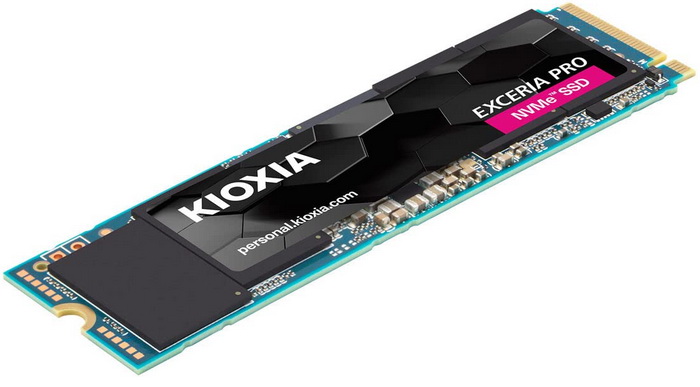
The EXCERIA PRO 2TB M.2 NVMe by KIOXIA was a sample expected to arrive here earlier this year so taking so long that even the first PCIe 5.0 Gen5 models have already made their appearance was certainly not the ideal scenario for anyone (still certainly better than not at all). That being said I was quite surprised by its overall performance. Yes, it’s not the fastest drive in the charts but it was nice to see that the BiCS TLC NAND flash (112 layer) could go up against Microns (176 layer) solution in quite a few of the tests (competition benefits everyone after all). Thermal throttling during all my tests (SNIA ones especially) was also considerably less compared to similar drives so good news here as well. Unfortunately, performance aside endurance is not something the EXCERIA PRO 2TB really excels at and with a TBW of just 800 when other models of equal capacity have twice as much or even more may drive away some demanding users and professionals (again, for like 99% of users 800TBW is plenty). The SSD utility is not something we haven’t seen many times from other manufacturers, still the ability to overprovision the drive to improve both its performance and endurance is something not everyone out there makes available to users.
Currently retailing for USD287 inside the USA (Amazon.com) and for 213.95Euros inside the EU (Amazon.de) the EXCERIA PRO 2TB PCIe 4.0 Gen4 M.2 NVMe SSD by KIOXIA is priced well over this side of the Atlantic (not so much on the other however). Price aside the EXCERIA PRO 2TB delivers the kind of performance one would expect from a KIOXIA drive. Yes, endurance may not be quite on par with some other models out there but it’s still more than enough for most users and so the Golden Award is in order.

PROS
- Near Excellent Performance Levels
- 1.5 Million Hours MTTF
- Limited Thermal Throttling
- SSD Utility (Overprovisioning)
- 5 Year Limited Warranty
CONS
- Price (USA)
- Endurance (800TBW)

 O-Sense
O-Sense





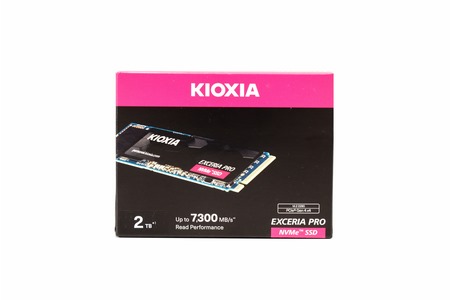


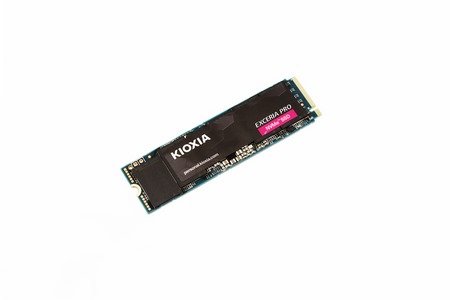
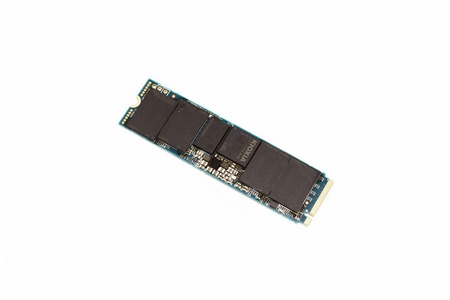
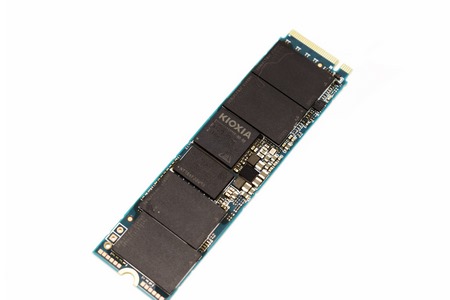
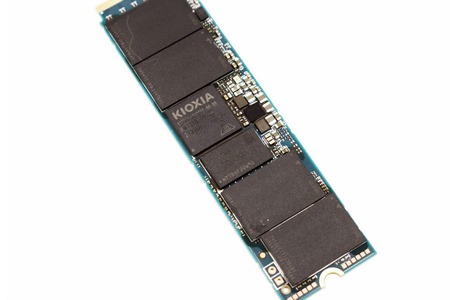
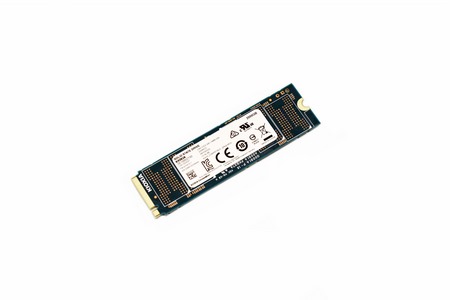
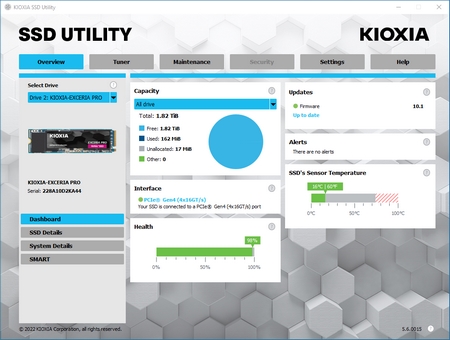

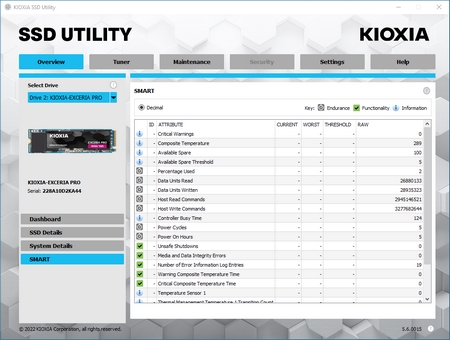

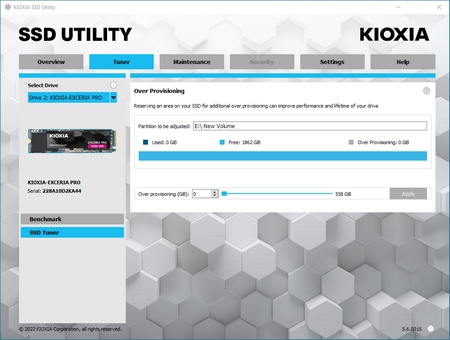

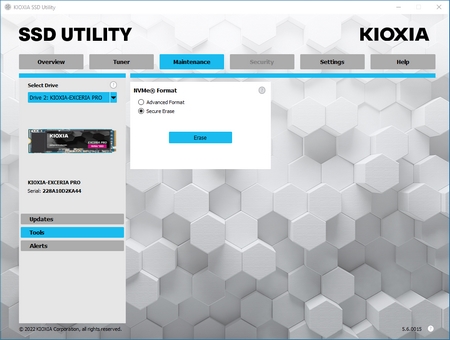
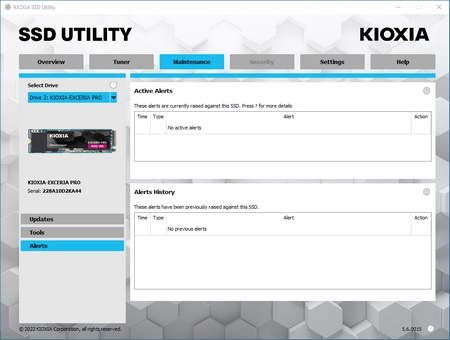
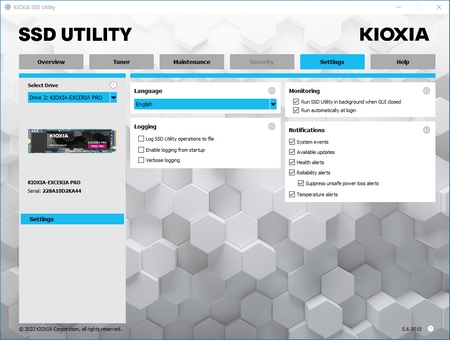
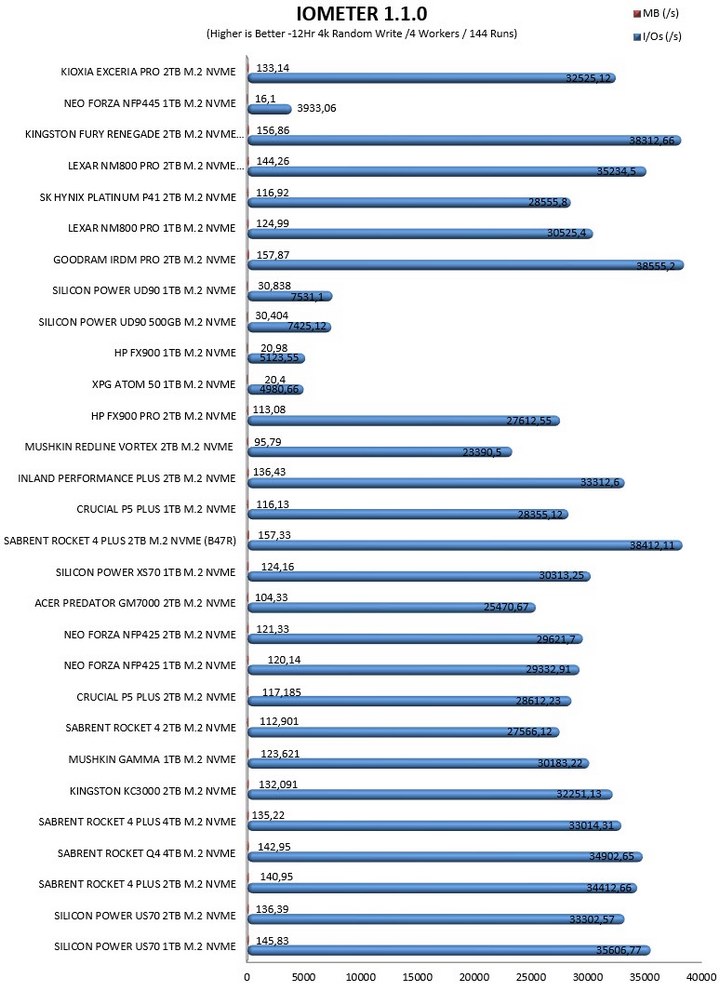



.png)

